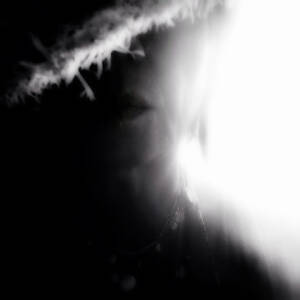Statue Colossale de Ramasses II à Memphis
Egyptian Pharaoh
a recumbent colossus
Ramses the Great
This is a French slide, and one of my favourites so far.
i studied for a year at Manchester University under the Egyptologist
Ann David. (added later - it's entirely possible that she never saw this image as Bonfils' archive was only discovered in 1971 in America under most unexpected circumstances).
Ramses II
Ramessu-Mery-Amun', born of Ra, beloved of Amun
ruled for 60 years - an incredible feat in those times.
His throne name was User-Ma’at-Ra Setep-en-Ra,
named Ozymandias by the Greeks.
It meant 'the Ma’at of Ra is powerful, chosen of Ra.
the harmony chosen by god.
Ozymandias
Percy B Shelley
I met a traveller from an antique land,
Who said—“Two vast and trunkless legs of stone
Stand in the desert. . . . Near them, on the sand,
Half sunk a shattered visage lies, whose frown,
And wrinkled lip, and sneer of cold command,
Tell that its sculptor well those passions read
Which yet survive, stamped on these lifeless things,
The hand that mocked them, and the heart that fed;
And on the pedestal, these words appear:
My name is Ozymandias, King of Kings;
Look on my Works, ye Mighty, and despair!
Nothing beside remains. Round the decay
Of that colossal Wreck, boundless and bare
The lone and level sands stretch far away.
What a poem! A staple of education in days of yore.
I've bolded my favourite part.
Like all well thought out writing: brief, but yet
full of observations & phrases that make one think and find new nuances
every time it’s read.
i've sent this image to the British Museum - i imagine they have many such - but just incase they don't have this one...
maybe they know the name of the donkey and his owner...these are the things i would be happy to know. Otherwise i might name them both Kevin...which is probably inappropriate for an Egyptian donkey/owner combo.
9/12/2023
this photo was taken by Felix Bonfils (1831-1885)
The story of how modern audiences became acquainted with Felix Bonfils (1831-1885), begins with a bang. October, 1971: An explosion occurs in the Semitic Museum in the usually quiet town of Cambridge, Massachusetts. The target was a military research institute that resided in the building, and the act was part of the student anti-Vietnam war movement.
The explosion exposed a forgotten attic in the museum, and in it the museum's staff found boxes filled with 28,000 photos from the Levant, most of them from the second half of the 19th century. More than 800 photos appeared with the signature of “Bonfils”, a then-unknown name.
This event brought into public awareness Felix Bonfils, who today is acknowledged as one of the most important figures in the development of the photography of the Middle East. Bonfils arrived in the Levant in 1860 as a soldier in the French Expeditionary Force that came to Lebanon to protect the Christian Maronite minority. He returned to France at the end of the mission, but his heart remained in the East. In 1867 he returned to Lebanon with his family, and together with his wife, he founded the Oriental Photography House, that in future years would be responsible for producing the most beautiful photos of the area. Bonfils travelled the areas surrounding Lebanon extensively, among them the Land of Israel, and the photos he took are of an unusually high quality for the time. He is considered a pioneering photographer who made an unprecedented contribution to the history of photography in the Middle East.
the text above is from The Felix Bonfils Collection
an extraordinary tale of the discovery of these wonderful images.
11/12/2023
I've had a very nice email from The British Museum. This slide will most likely have been made to sell to tourists. I can imagine Madam Bonfils making these slides from her husband's photographs to help fund their Studio in Lebanon.
- 10
- 1
- Apple iPhone 6 Plus
- 1/100
- f/2.2
- 4mm
- 50

Comments
Sign in or get an account to comment.


